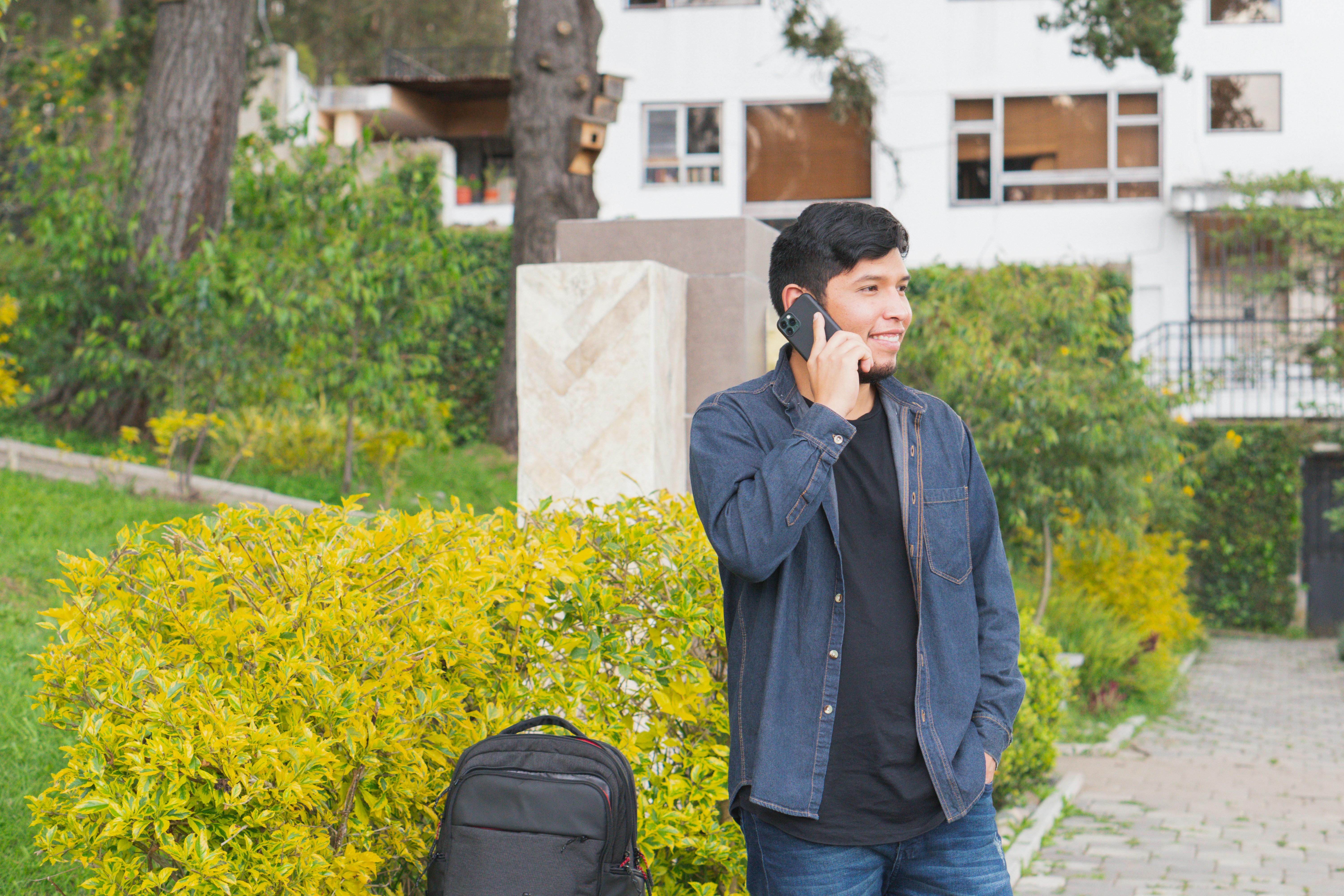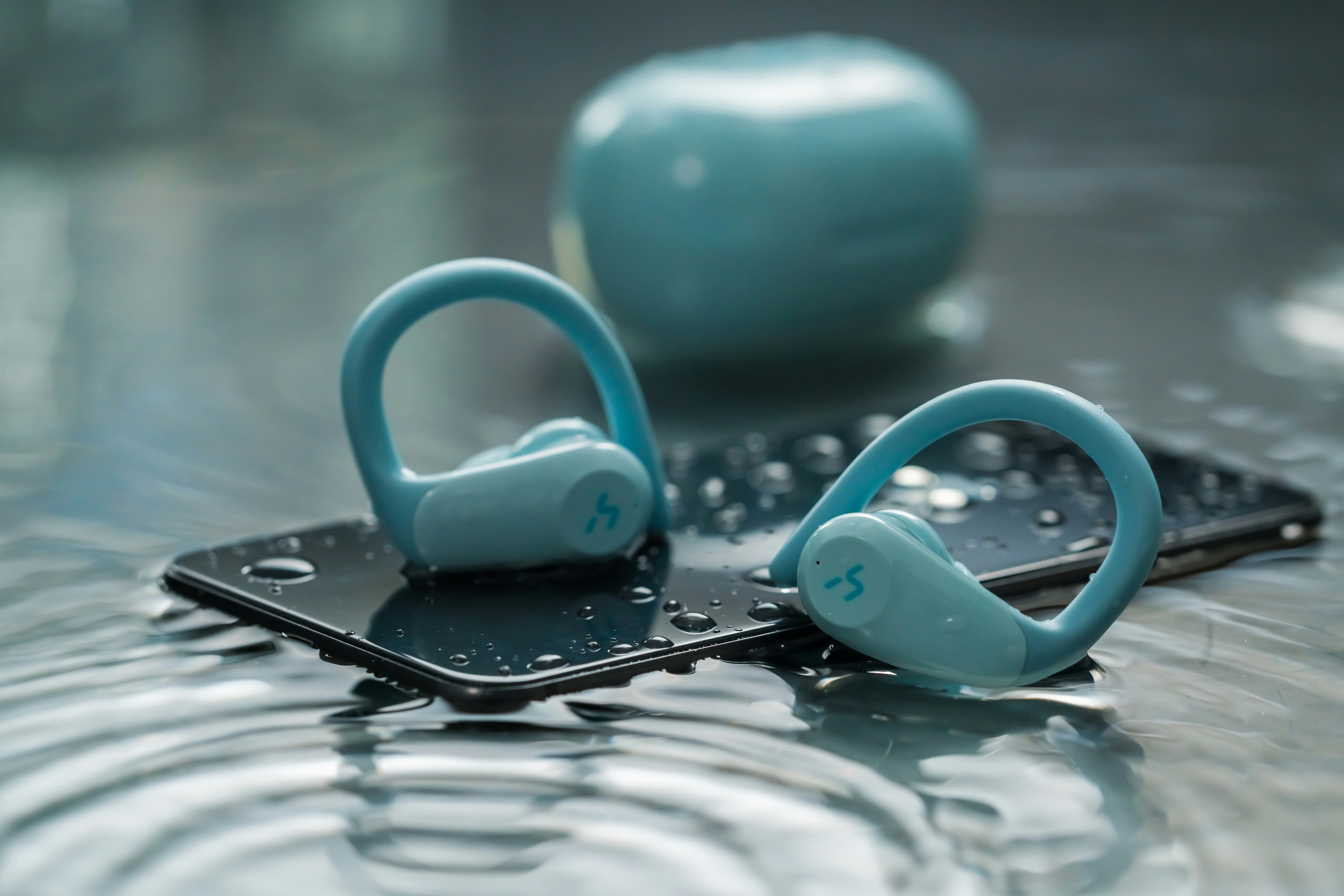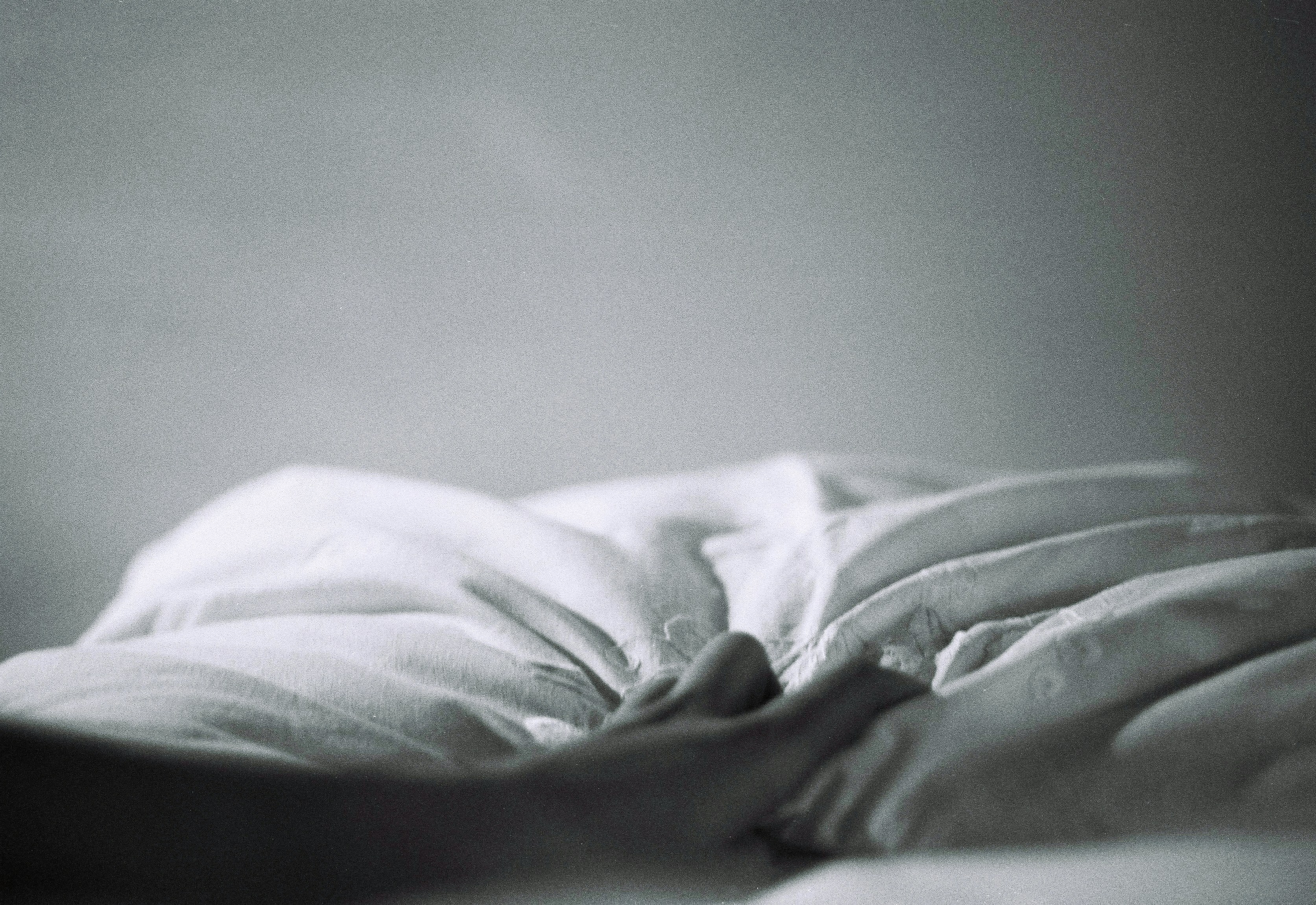You can collect memories without collecting ear pain, device drama, or tinnitus flare-ups. Whether you wear hearing aids, have a cochlear implant, or just want happier ears on the road, this travel playbook packs practical moves to keep you hearing clearly—and enjoying every minute.
Before you go: a 30-minute tune-up for calmer ears
A little prep stops most travel headaches (and earaches). Do this the week before you leave:
- Service your devices: Replace wax guards, domes, tubing, and mic filters; clean mic ports; run a full battery health check.
- Backups and spares: Pack 2–3 extra sets of wax guards and domes, cleaning tools, and a backup pair of hearing aids if you have them. CI users: bring spare cables/coils and microphone protectors.
- Power plan: Confirm chargers work, add a power bank, and pack plug adapters for your destination. Keep everything in carry-on, not checked luggage.
- Drying routine: A compact dehumidifier or drying pucks protect against sweat, rain, and humidity.
- Set up remote support: Ask your audiologist if they offer tele-audiology for quick adjustments while you’re away.
- Prep your phone: Download offline captions/speech-to-text, translation packs, and airline/hotel apps. Add emergency contacts and your clinic’s number.
- Paper backup: Carry your audiogram, device model/serial numbers, and local clinic options at your destination.
Airports and security: what actually happens
Good news: hearing devices are travel-friendly.
- Wear your devices through security. Hearing aids and cochlear implants can go through metal detectors and scanners. You can request a visual inspection if preferred.
- Tell the agent you’re wearing hearing technology. Ask them to face you and speak clearly. Keep your devices on so you don’t miss instructions.
- Keep batteries and accessories in your carry-on. Lithium rechargeables should not go in checked bags; protect spare batteries from short-circuit (original packaging or battery cases).
Tip: Snap a photo of your gear layout in the tray before it rolls into the x-ray. If something gets jostled, you’ll know what to look for.
On the plane: pressure, noise, and staying connected
Beat airplane ear (pressure discomfort)
Cabin pressure changes can bother anyone, especially if you have allergies, congestion, or a history of Eustachian tube issues.
- Equalize early and often: swallow, sip water, chew gum, or do gentle Valsalva (pinch nose, mouth closed, blow softly) during climb and descent.
- Filtered pressure earplugs: products like EarPlanes can help during takeoff/landing. Insert before ascent; keep in until landing is complete.
- If you’re congested: Many travelers use a saline spray and, if appropriate for you, a short-acting decongestant before descent. Ask a clinician first, especially if you have heart, blood pressure, or thyroid conditions.
Turn down the roar (safely)
Airplanes are loud—often 80–85 dB in the cabin, higher near engines. That’s fatiguing over hours.
- Hearing aids on: You can wear them gate-to-gate. Many people hear announcements and seatmates better with their devices in.
- Active noise cancelling (ANC): Over-ear ANC headphones can go over small hearing aids or directly on ears if you’re not wearing devices. Keep volumes at the lowest clear level.
- Double protection: If you’re sensitive to sound, use filtered earplugs during takeoff/landing, then swap to ANC for cruise.
- Streaming in airplane mode: Most airlines allow Bluetooth; you can turn on Bluetooth while your phone is in airplane mode. Check your carrier’s policy.
Protect your tinnitus and attention
- Pack calm audio: ocean, brown noise, or podcast playlists for long flights.
- Hydrate, skip excess alcohol, and pace caffeine if those trigger your tinnitus.
- Micro-breaks: 60 seconds of slow breathing every hour helps reduce listening fatigue.
Power, moisture, and climate: keep your tech happy
- Voltage and plugs: Many chargers are dual-voltage (100–240V). You’ll still need a country-specific adapter. Check your device label.
- Nightly dry time: Use a drying kit when you arrive at the hotel; humidity and sweat build up fast in new climates.
- Rain plan: Pack a small zip pouch or waterproof case. Consider soft protective sleeves if you expect dust or sweat.
- Cold weather: Batteries drain faster in cold; keep spares warm in an inside pocket.
At your destination: make conversations easy
Hotels
- Ask for a quiet room: away from elevators/ice machines, high floor, courtyard view if available.
- Sleep support: Use your sound app or a travel sound machine. Some hotels offer white noise on smart TVs.
- Safety: Ask for a visual doorbell or bed shaker alarm if you remove devices at night.
Restaurants and tours
- Pick your seat: corners, booths, and seats with your back to walls cut reverb. Face the main talker with your better ear.
- Use tech: switch to your "restaurant" or "speech-in-noise" program; try directional focus. Use Live Listen/Remote Microphone accessories when guides speak.
- Advocacy scripts: "I hear best when I can see your face—mind facing me while you talk?" Simple, friendly, and effective.
Offline communication helpers
- Speech-to-text apps with offline packs for noisy ticket counters.
- Downloadable translation cards that explain you use hearing technology and may need clear speech.
Water, wheels, and thrills: enjoy without regret
Swimming and watersports
- Hearing aids are water-resistant, not waterproof. Remove before swimming or use approved waterproof accessories if your manufacturer supports them.
- Prevent swimmer’s ear: Dry ears after swims; consider vented swim plugs if you’re prone to outer ear infections. Avoid cotton swabs.
- Surfing or cold-water sports: Consider surfer’s plugs to reduce cold-water exposure that can irritate the ear canal.
Motorcycles, scooters, boats, and ATVs
- Always wear ear protection under helmets—wind noise can exceed 95 dB at highway speeds.
- Use filtered earplugs to preserve speech while cutting harmful noise.
Festivals and city noise
- Pack ready-to-go earplugs in a keychain case.
- Follow the 60/60 rule for headphones: 60% volume for no more than 60 minutes at a time, then take a break.
Lost, wet, or wonky: quick fixes
- Moisture mishap: Gently dry the device, remove battery if disposable, and place in a dryer. Don’t use heat sources.
- Lost dome or wax guard: Use your spares; change both ears for consistent sound.
- Lost device: Enable “Find My” if supported; alert hotel/airline, and contact your clinic. Travel insurance may help with replacement costs.
When to get help away from home
Don’t tough it out if something feels off. Seek prompt care if you experience:
- A sudden, significant drop in hearing in one or both ears (especially within 72 hours).
- Severe ear pain, persistent fullness, bleeding, or vertigo after a flight or dive.
- Fever, increasing ear canal pain, or discharge suggestive of an ear infection.
Your first stop can be a local audiology clinic or ENT practice. If you’re unsure where to go, call your home audiologist for guidance or use your travel insurer’s medical assistance line. For device-specific glitches, many manufacturers can connect you to nearby service centers.
The pack-once, thank-yourself-later checklist
- Hearing tech: devices, spare domes/tubing, wax guards, cleaning tools, retention clips/sport locks.
- Power: chargers, USB cables, battery cases, spare disposables, power bank, plug adapters.
- Care: drying kit, microfiber cloth, small brush/blower, protective sleeves, waterproof pouch.
- Protection: filtered earplugs, sleep earplugs, ANC headphones.
- Comfort and communication: remote mic, captioning app, translation cards, quiet-room request note.
- Docs: audiogram, device serial numbers, clinic contacts, travel insurance policy and medical assistance number.
Last thought: the point of all this planning is freedom. A 10-minute checklist buys you hours of easy conversation, calmer ears, and the energy to enjoy the adventure. If you’d like a personalized travel setup—specific plugs, programs, or waterproof options—book a quick consult with your audiologist well before takeoff.
Further Reading
- Moisture-Proof Your Hearing Life: Sweat, Showers, Saunas, and Swimming (Lifestyle) - Rooms That Listen: Design Your Home for Easier Conversation and Calmer Ears (Lifestyle) - Hearing Supplements: Hype vs. Help (What Science Says) (Lifestyle) - Sleep for Your Ears: Better Nights, Calmer Tinnitus, Sharper Hearing (Lifestyle)Frequently Asked Questions
Can I wear my hearing aids through the entire flight?
Yes. You can wear hearing aids gate-to-gate. They don’t need to be removed for security or turned off during takeoff and landing. If you stream audio from your phone, switch your phone to airplane mode and then manually turn on Bluetooth if your airline allows it.
Are noise-cancelling headphones safe to use with hearing aids?
Generally yes. Many people place over-ear ANC headphones gently over their hearing aids to reduce aircraft noise and listening fatigue. Keep the headphone volume as low as possible for comfort and clarity, and make sure nothing presses hard on behind-the-ear devices.
What’s the best way to prevent airplane ear?
Start equalizing early (swallow, sip, chew), consider filtered pressure earplugs during takeoff and landing, stay well hydrated, and avoid flying with severe congestion if you can. If you’re frequently bothered by pressure changes, ask an audiologist or physician about additional strategies before you travel.
What should I do if I lose a hearing aid abroad?
Use device-finding features if available, alert the airline/hotel, and contact your home audiology clinic. Your travel insurance may cover loss. If you need temporary help, a local audiology clinic can often program a loaner or suggest assistive devices until you return.



